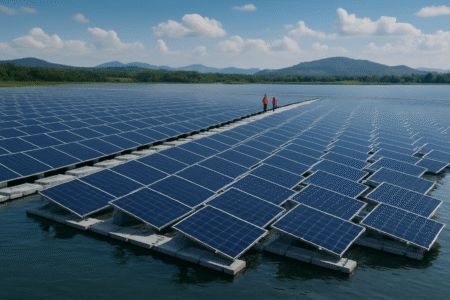Commercial properties in the U.K. benefit from roof-mounted PV systems with east/west orientation. Photovoltaic installations with east/west orientation generate around 30% more solar power than south-facing systems fitted to flat roofs of the same size. This is due to lower angles of inclination that allow the solar modules to be fitted without any gaps between...
★ 2024 Award Winner • Websites and Mobile Sites, Webby Winner, People's Voice ★
World of Renewables
The World Renewable Energy Association
News Categories ▼







